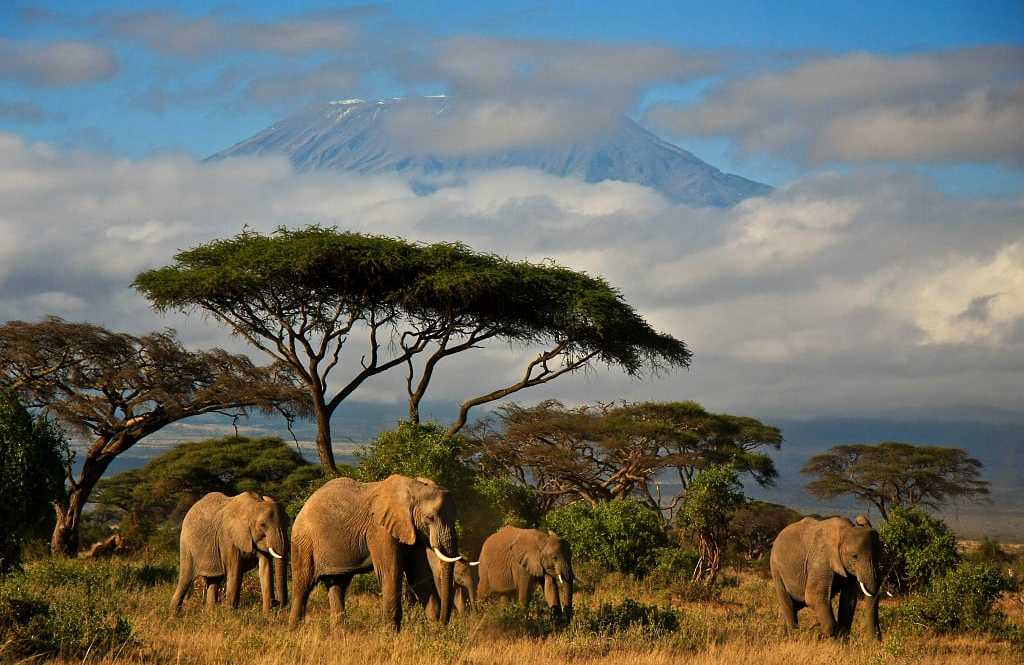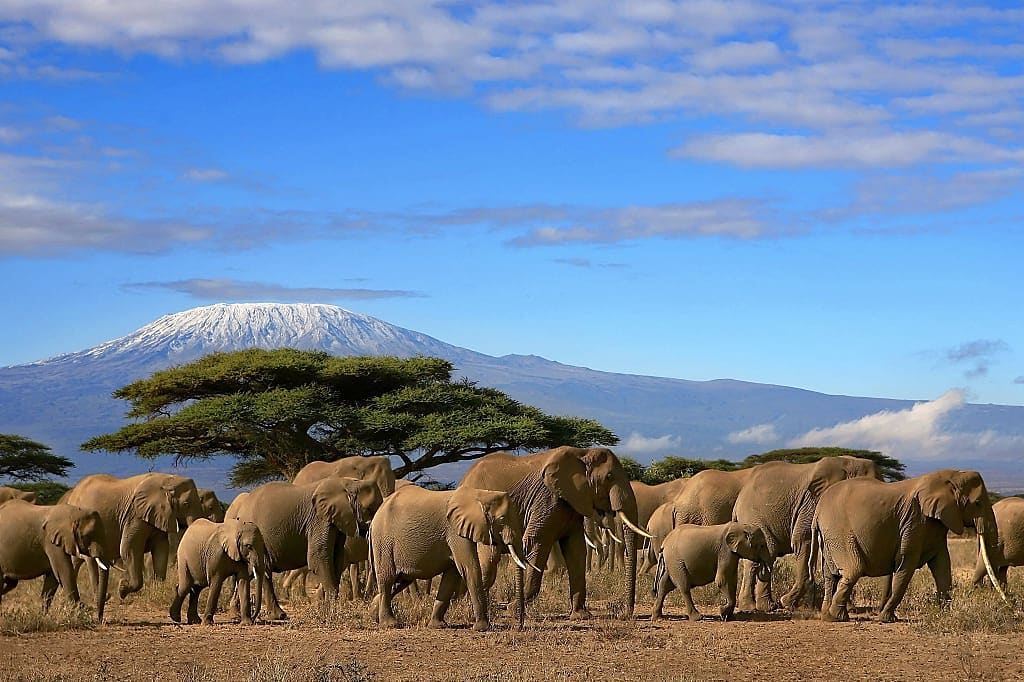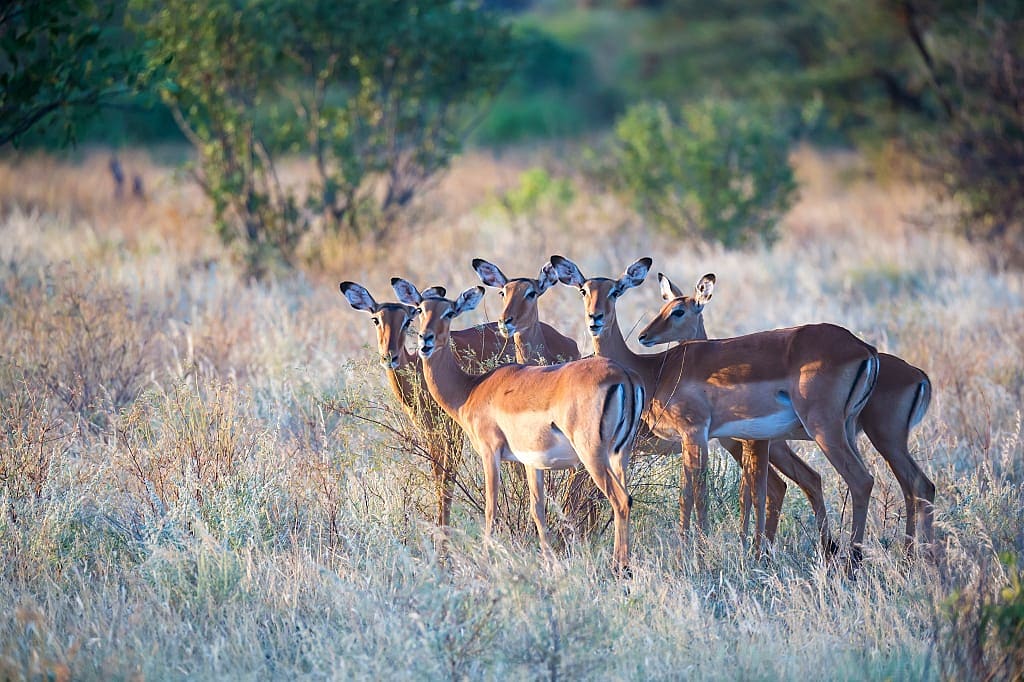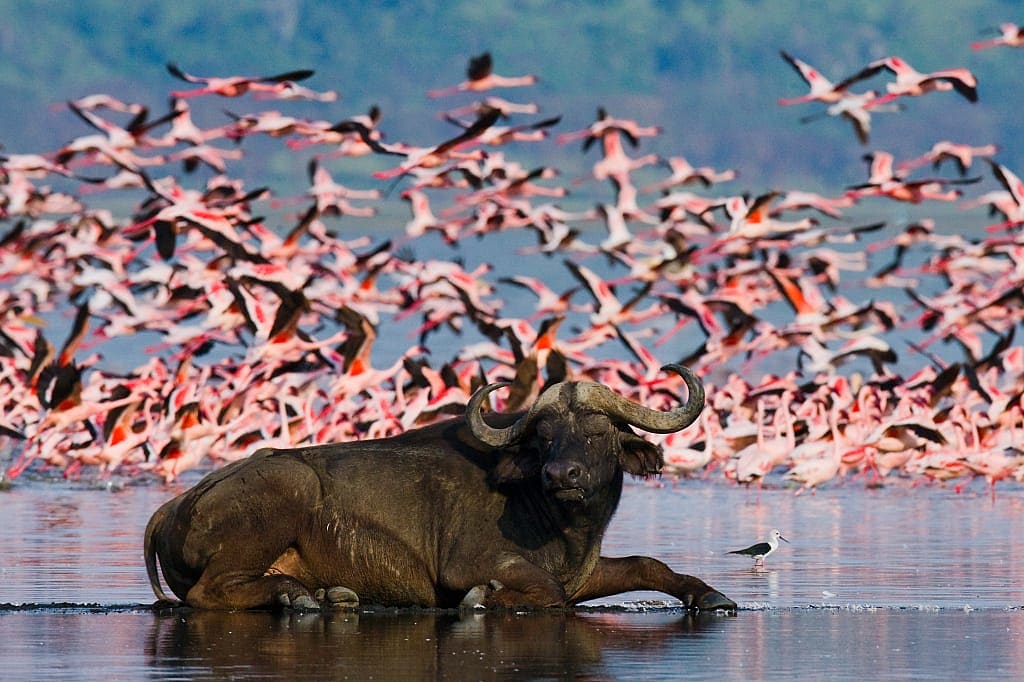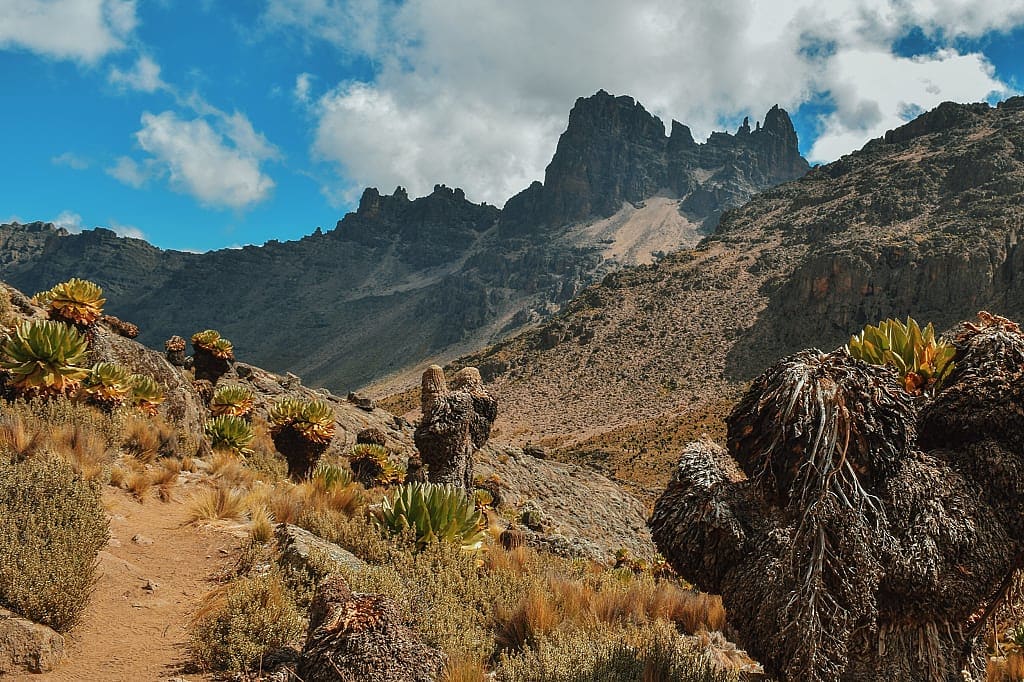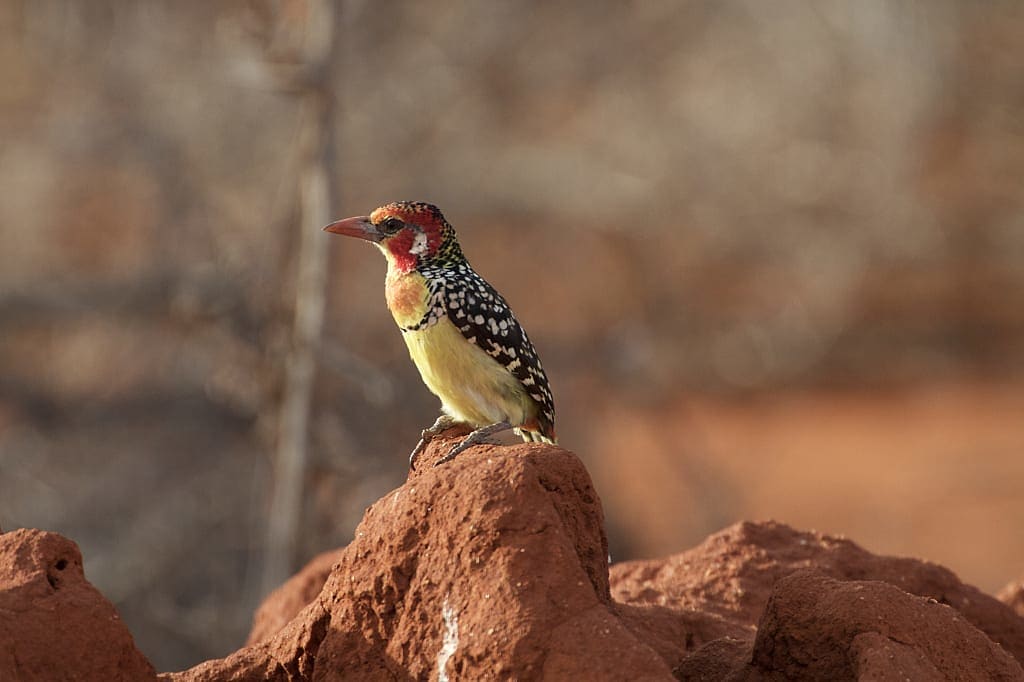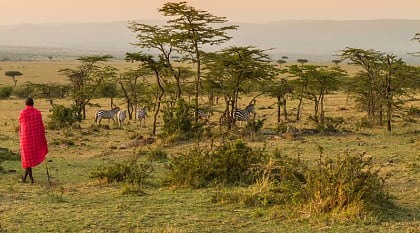Covering a vast swath of southeastern Kenya, Tsavo East and Tsavo West National Parks form one of the largest protected areas in Africa, a massive wilderness of raw beauty and historical legend. Tsavo East is known for its flat, arid plains and the iconic "red elephants" that dust themselves in the ruddy soil, while Tsavo West offers a more dramatic volcanic landscape of rolling hills, lava flows, and the life-giving Mzima Springs.
What to Expect
- Red Elephants: Witness the famous spectacle of elephants, as well as zebra and other animals, colored red by the region's iron-rich soil.
- Vast Wilderness: Experience a true sense of untamed Africa in a massive, uncrowded, and wild landscape.
- Volcanic Scenery: Discover the rugged beauty of Tsavo West, including the Shetani Lava Flows and Chaimu Crater.
- Crystal Springs: Visit Mzima Springs, where you can watch hippos and crocodiles glide through crystal-clear water from an underwater hide.
Why You Should Go
- Huge Biodiversity: Explore one of Kenya's most important and diverse ecosystems, home to a vast array of species.
- Unique Sightings: Enjoy the special experience of seeing the park's famous red-dusted elephants.
- Dramatic Landscapes: Photograph the breathtaking contrast between the green Mzima Springs and the black lava flows.
- Fewer Vehicles: Take pleasure in a more private and exclusive safari experience with far fewer tourists than in the Mara.
- Historical Significance: Visit the land made famous by the legendary "Man-Eaters of Tsavo" lions in the late 19th century.
Best Time to Visit
- Dry Season: Travel between June and October, when the weather is dry, and wildlife is easier to spot.
- Concentrated Wildlife: Watch animals congregate along the rivers and at Mzima Springs, making for superb viewing.
- Avoid Rains: Steer clear of the two rainy seasons (November and April-May) when some areas may become inaccessible.
Best for: Wild, off-the-beaten-path adventures and unique volcanic landscapes.
Recommended Length of Stay: 2-3 Days
Tsavo East vs Tsavo West: Which Is Better?
- Tsavo East is vast, flat, and arid. It’s known for its huge herds of dust-red elephants and offers a classic, raw safari experience. The sheer scale of the park gives you a sense of true wilderness. Game viewing can be more challenging due to the terrain but is rewarding when you find it.
- Tsavo West is more geographically diverse and scenic. It features volcanic hills, ancient lava flows, and the lush oasis of Mzima Springs. The varied landscape makes for stunning photography but can also make wildlife harder to spot than on the open plains of Tsavo East.
For travelers who want to see large herds of elephants and experience a vast, untamed wilderness, Tsavo East is ideal. For those who prioritize dramatic, volcanic scenery and unique geological features like Mzima Springs, Tsavo West is the better choice.
Discover the wild heart of Kenya by planning a 7-Day Tour of Kenya: Maasai Mara, Lake Nakuru, Amboseli, and Tsavo.

